
AW 13 OLED VS IPS YouTube
IPS vs OLED: 7 Key Points and Must-Know Facts. IPS screen technology is much older than OLED. The first IPS screen was released by Hitachi in 1996, while OLED screens did not become available until 2013. The pixels of an OLED display emit visible light and can achieve a much higher contrast ratio than an IPS screen, rendering dark colors and black.

IPS vs OLED Phone Display Technologies Comparision xiaomiui
Between the OLED and the IPS, the OLED has a faster response time. It takes less than 1 millisecond for a pixel to change colors. Nonetheless, the IPS is not so bad, with a response time of approximately 15 milliseconds or 4 milliseconds if you use the overdrive. 4. Viewing Angles.

Display Comparison OLED vs. IPS on Notebooks Reviews
OLED screens are pretty, but this technology suffers from the "burn-in" effect. Meaning that all of those static icons and taskbar will remain as ghost images on the screen after a while. OLED screens are good as TVs, but not good when dealing with static images. I'd choose the higher resolution IPS one.
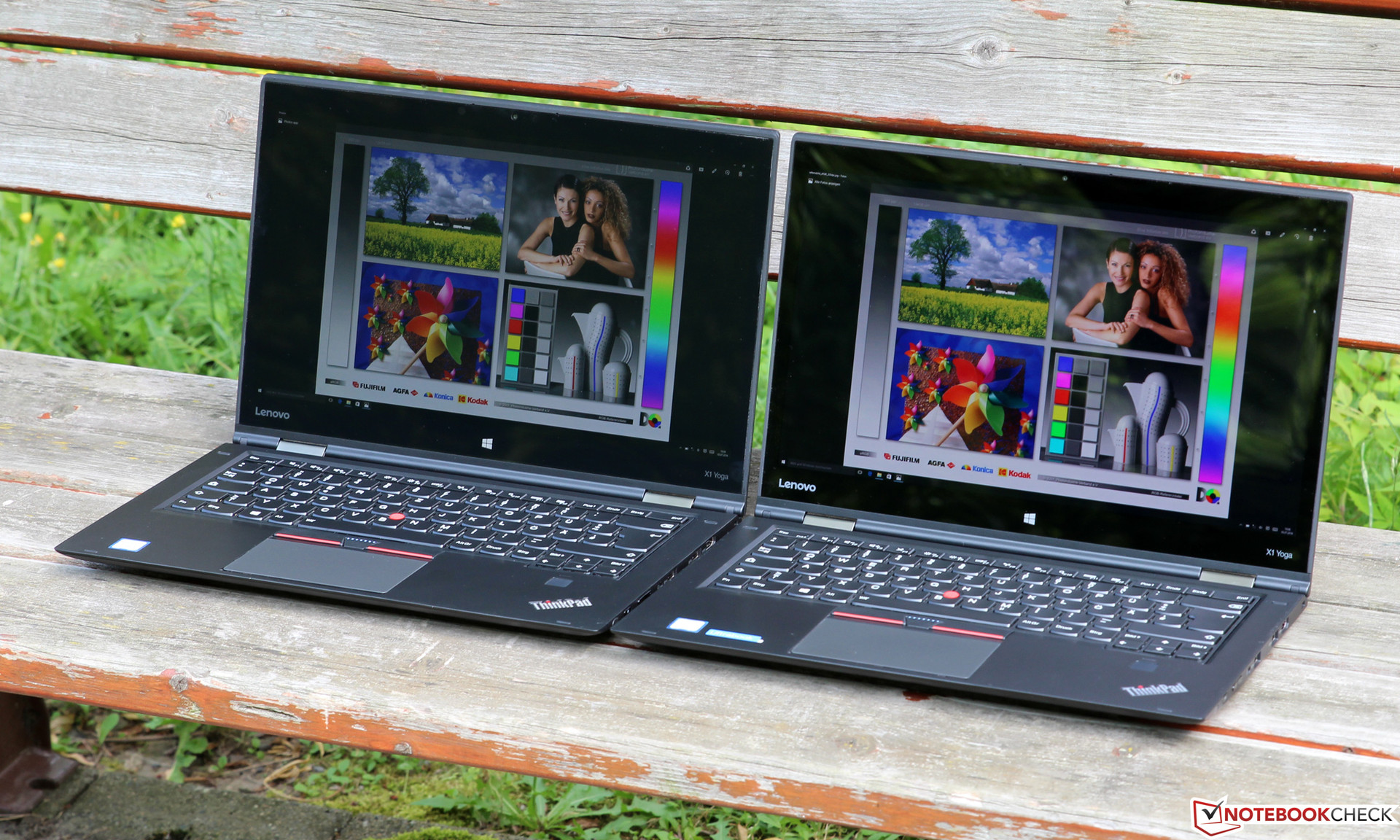
Display Comparison OLED vs. IPS on Notebooks Reviews
OLED Is Immersive, IPS LCD Is Affordable. Both OLED and IPS LCD are great display technologies, but depending on your needs, budget, and the device you're buying, the right one for you will vary. However, the overall gist of this comparison is this: OLED is more immersive and offers a more pleasing media consumption experience.
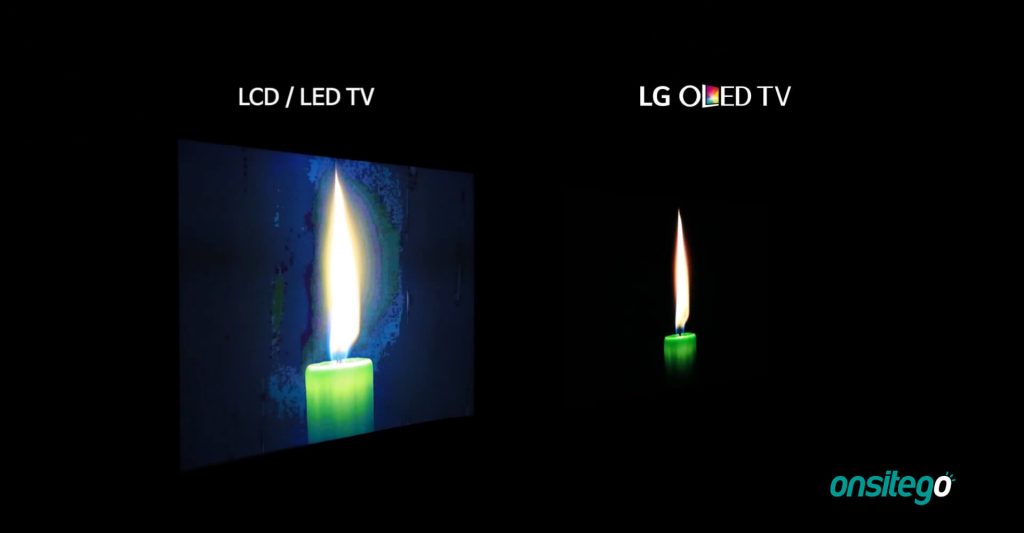
OLED vs. IPS LCD Displays Which TV Should You Buy?
IPS (In-Plane Switching) and OLED (Organic Light Emitting Diode) have their unique characteristics that can greatly impact your viewing experience. For instance, IPS monitors offer wide viewing angles and accurate color reproduction, while OLED monitors offer perfect black levels and high contrast ratios. However, drawbacks include potential.
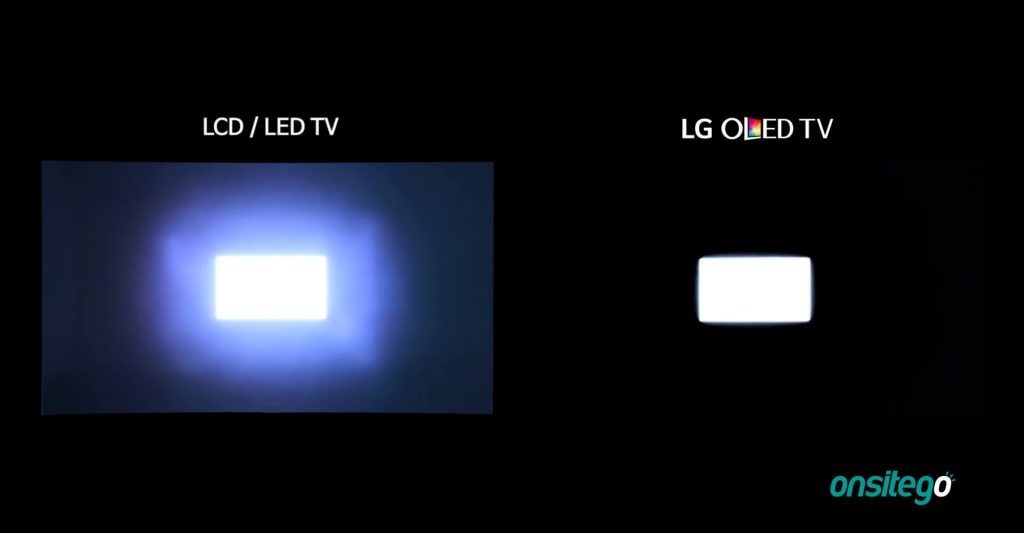
OLED vs. IPS LCD Displays Which TV Should You Buy?
Check prices on Amazon belowASUS OLED 240Hz: https://geni.us/Ovc3IASUS IPS 360Hz: https://geni.us/CyAqrLG 240Hz: https://geni.us/5w8Lvbest mainstream 1440p:.

IPS vs OLED What’s the difference? Tech Advisor
IPS stands for In-Plane Switching and is one type of LCD screen. There are other types, such as TN and MVA which tend to used for TVs, but phones really only use IPS LCD screens. LCD simply stands for liquid-crystal display, and is by far the most common type of screen used on phones and tablets. OLED is less common.

IPS vs AMOLED Display 2019 Tech Comparison YouTube
Starting off with the viewing angles, both IPS and OLED panels have great viewing angles, so content appears great, and colors are vivid, regardless of if you're looking at the screen at an angle. However, due to the backlighting of OLED displays, they can be considered to have even wider and better angles. HP EliteBook 1040 G9 viewing angles.
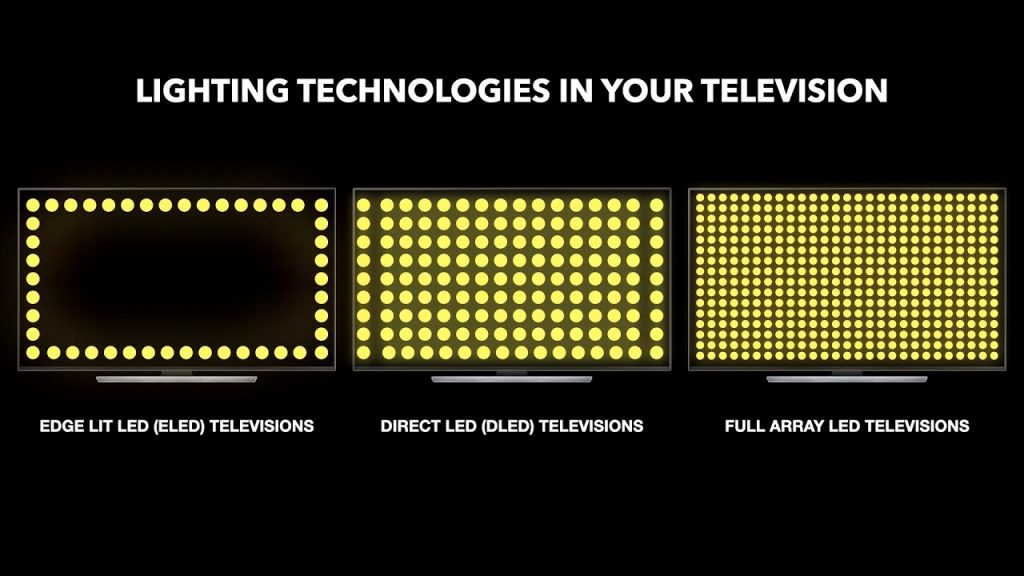
OLED vs. IPS LCD Displays Which TV Should You Buy?
IPS pixels are uniformly lit by a backlight, whereas OLED pixels are independently lit. For OLED panels, this means that a pixel can be fully lit, and the pixel next to it can be turned off.
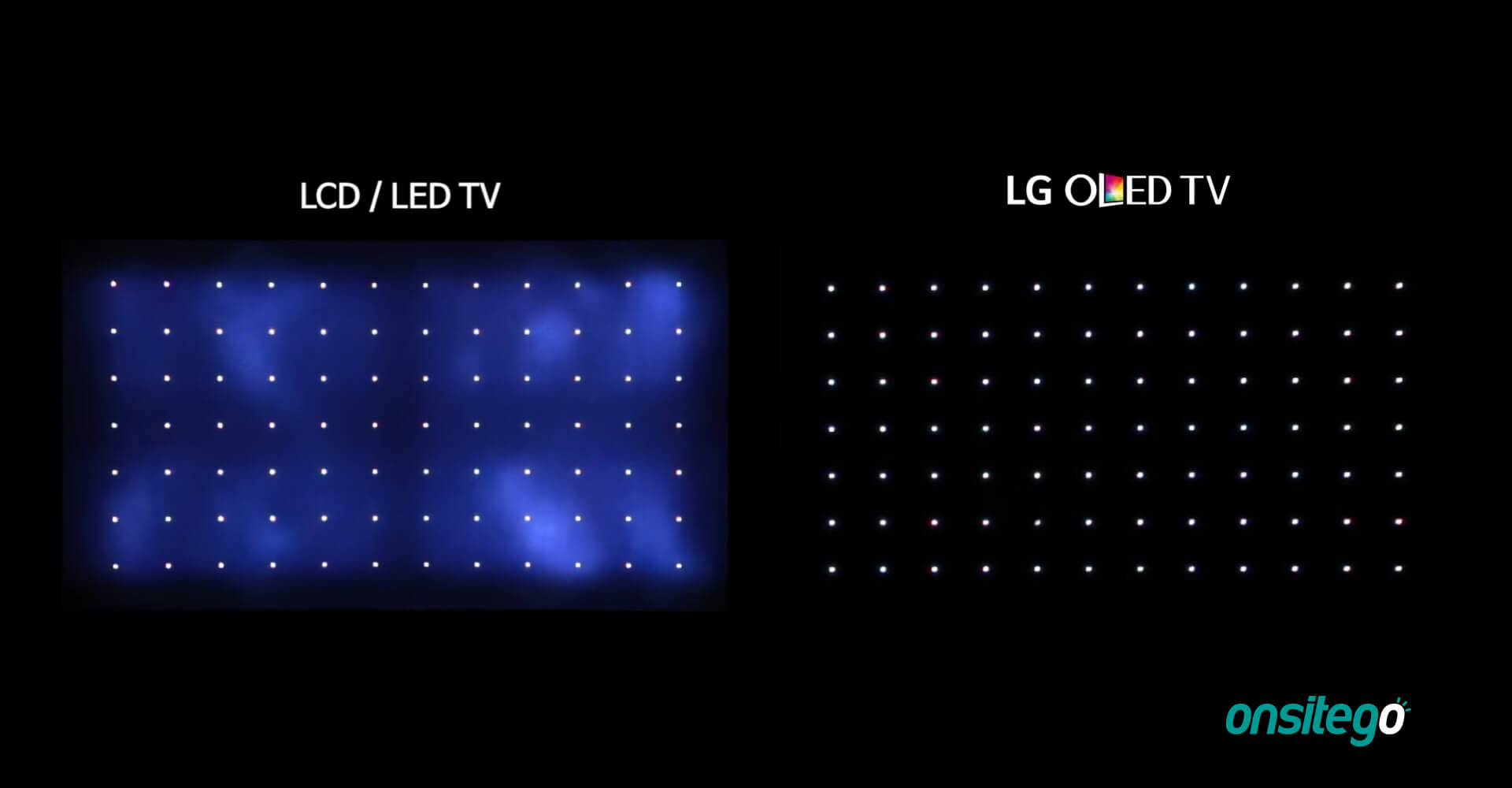
OLED vs. IPS LCD Displays Which TV Should You Buy?
From about 45 degrees, an OLED display (124 cd/m² at 50 % white) is about twice as bright as its IPS counterpart (at 60 cd/m²) - an advantage which not only has its benefits when watching.
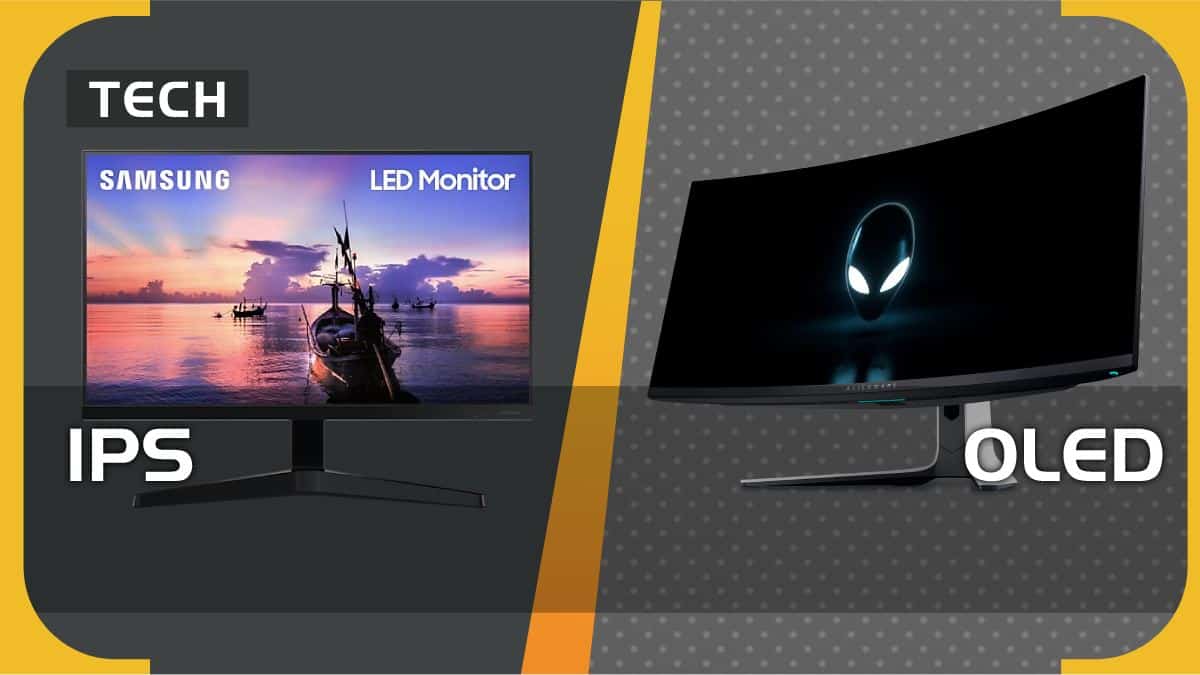
IPS vs OLED what's the difference?
IPS vs OLED for Creative Work. For professional creative work like photo/video editing, both IPS and OLED have pros and cons: IPS strengths for creative work: More affordable 4K options for high-resolution workflows. Moderately sized screens (27-32") optimize the workspace.

IPS vs OLED Phone Display Technologies Comparision xiaomiui
OLED monitors are known for their exceptional color accuracy and contrast, while LED monitors are praised for their energy efficiency and durability. On the other hand, IPS monitors stand out for their wide viewing angles and superior color consistency. The choice between these monitors often depends on the user's specific needs, whether it's.

OLED vs IPS Screen YouTube
Refresh Rate & Resolution. OLED displays have a maximum refresh rate of 240Hz, which is plenty for most gamers. However, because high refresh rates bring lower input lag, competitive and professional gamers will always aim for the fastest panel and there are IPS monitors with up to 390Hz! In 2023, we'll also see the first 540Hz TN and 500Hz.

IPS vs OLED Which Panel Type Should I Choose? [Simple]
OLED tech has come a long way in the last couple years. That being said if you're using your laptop display all the time and not outputting to a monitor I probably wouldn't trust OLED for that usage. If you're only using the display when you're on the go or couch surfing then I wouldn't worry.

Asus Vivobook 15 OLED vs IPS screen review YouTube
Key Takeaways. Understanding the different panel types (IPS, VA, TN, OLED) is crucial for choosing the best gaming monitor for your needs. IPS and OLED panels offer the best color reproduction.

OLED Vs IPS, Which Is Better
The current gen of 360hz IPS panels are apparently too slow to keep up with 360hz, so you might be better off comparing 240hz Oled panels with 360hz TN panels regardless. Oled looks better but imo some IPS are better. My M27Q has better input lag than any oled I've personally used (C2 and A95K). Really great for gaming.